The TOFD method is used for a wide range of applications, with its primary purpose being the rapid inspection of axial and circumferential weld seams. Since its inception, the use of this reliable and renowned non-destructive testing technique has grown steadily. To ensure compliance with North American standards, TOFD is often combined with reflection or multi-element ultrasonic techniques to cover the root and bead areas of the weld.
Ultrasonic testing has broadened the scope of component inspection in non-destructive testing (NDT), and is now widely accepted and standardized for a range of applications. This technology offers the advantage of being able to adapt and control the ultrasonic beam to enable deflections, such as sector scanning, and focusing in a part, by electronically controlling the emission/reception delays at the various transducer elements. Phased Array” control has the advantage of eliminating the traditional back-and-forth movement of the translator.
Automated ultrasonic inspection enables rapid weld inspection with highly accurate results and positioning data, as well as simultaneous use of multiple probes for highly precise evaluation of the indication dimensions measured. Constant coupling pressure and constant probe alignment reduce potential errors during critical evaluation of indications. It also offers the possibility of mapping large corroded areas with great precision.
The A.C.F.M. technique enables detection of through-hole defects without stripping, reduced cleaning (traces of grease), ease of calibration, and high inspection speed. It also offers the advantage of testing over a temperature range from -20°C to 50°C, processing through paint and non-conductive coatings up to 5 mm thick, with no special surface preparation, and digital recording of results.
Eddy current testing enables easy calibration, high testing speed and part quantity, and detection of open defects without stripping. This technique also has the advantage of requiring minimal cleaning, and can be applied through paint and non-conductive coatings up to 3 mm thick, without any specific surface preparation.

